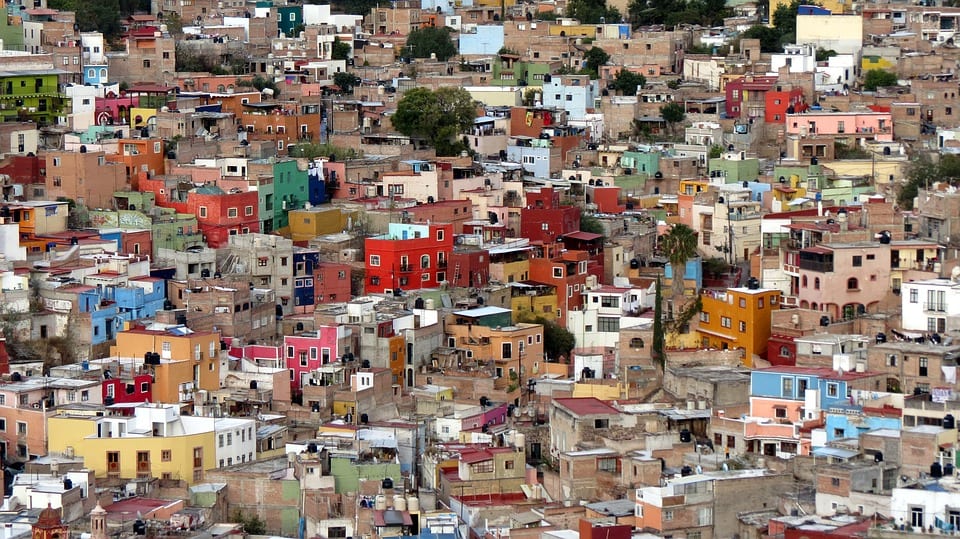
In some colonial cities the cannons are still asleep in old fortresses and the color of the walls highlights a piece of history, sometimes somewhat darker. In its streets whispers are still heard and from the balconies hangs a nature that has become the main witness to the memory of these 8 colonial cities in Latin America full of history and color who are waiting for you.
Trinidad (Cuba)
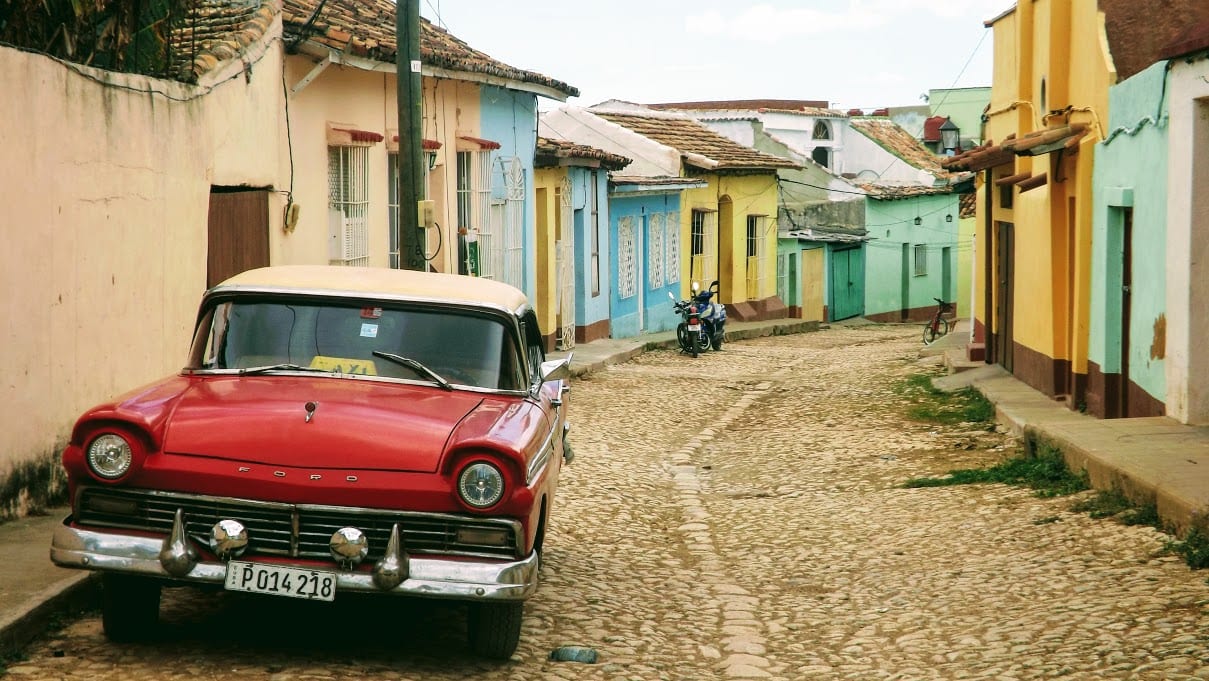
Streets of Trinidad. © AlbertoLegs
Although Havana is the best showcase of that vibrant and historical Cuba, Trinidad, a former sugar epicenter located in the south of the most famous island in the Caribbean, brings together all the colors of Latin America between houses in pastel tones, terraces from which palm trees stand out and streets where the neighbors play dominoes. As a backdrop, the imposing church of its Plaza Mayor watches over a historic center designated by UNESCO as a World Heritage Site. A city to explore, photograph and inspire a story frozen in time.
Guanajuato (Mexico)
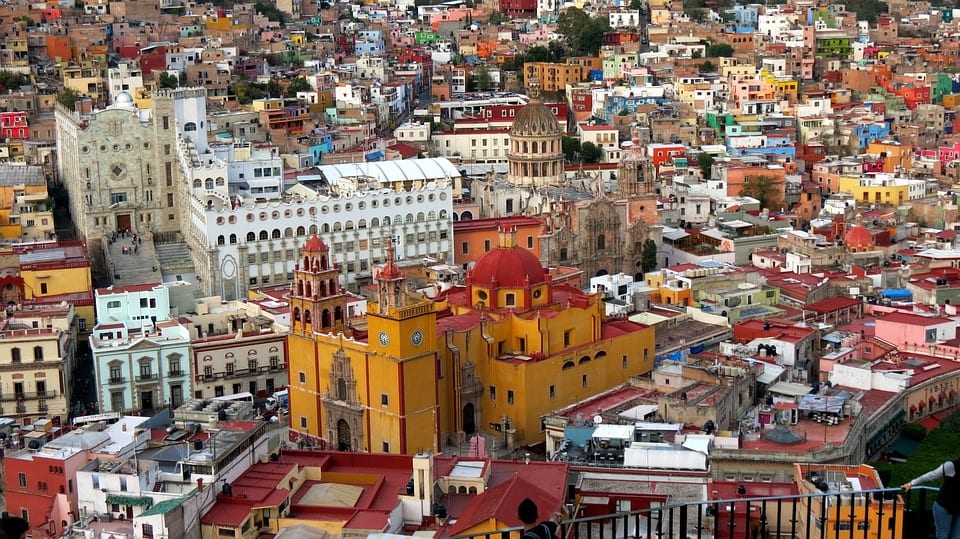
More Cervantes than Spain itself thanks to an international festival in honor of the author of Don Quixote recognized by UNESCO, "the city of straw", as the Aztecs knew it, lies in the homonymous state of the heart of Mexico seasoned with that magic, charm and color that tarnishes the Colegiala Basilica, its bohemian markets or its Greek-influenced theaters. A delight for the senses in which it is one of the most cultural cities in Latin America.
Grenada (Nicaragua)
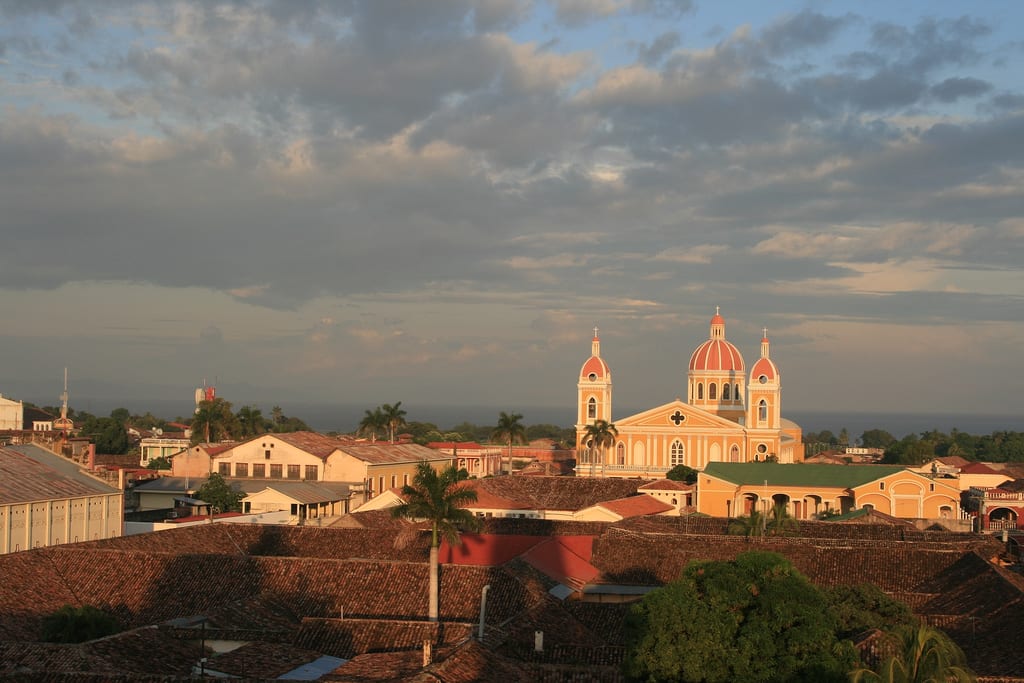
Emerging as a mecca for ecological tourism in Central America, the city of Granada aesthetically surpasses the country's capital, Managua, thanks to the colors that flood its old town, the Cathedral or a Central Park full of lively stalls. Overlooking Lake Cocibolca, the oldest colonial city in Nicaragua is confirmed as one of the most beautiful in Latin America and the perfect starting point for exploring the volcanoes and river islands of its unknown geography.
Cartagena de Indias (Colombia)

Cartagena continues to be the most idealized image of that colorful, literary and fusion-filled Colombia. On the other side of the walls that protect the historic center, the palenqueras shake their curves carrying baskets of fruit on their heads, the hostels overflow exotic gardens in their patios, the sound of a cumbia surrounds old churches and the balconies and colored houses that inspired Love in the Times of Cholera, by Gabriel García Márquez they become the main pride of the city. Colombia is possibly one of the most colorful countries in Latin America, from the zócalos of the towns of Antioquia to the purple of the famous Catedral de la Sal, passing through what is one of the most idealized cities on the continent.
Olinda (Brazil)
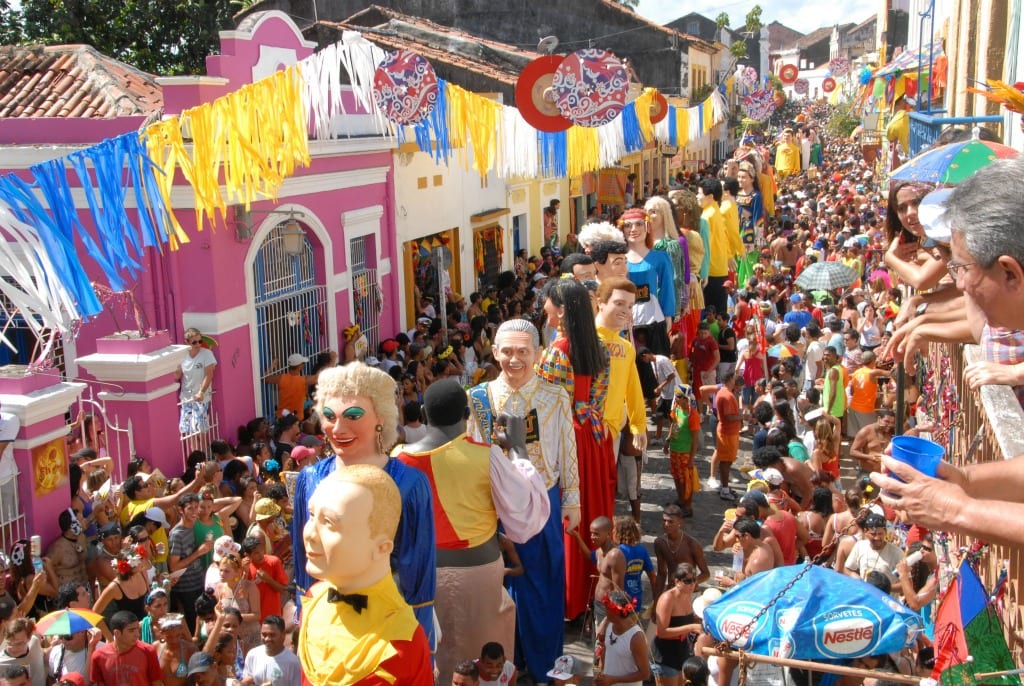
The best preserved colonial city of the Rio Grande do Sul and one of the oldest in Brazil drinks from the Portuguese influence also present in other parts of the world such as Goa, in India, or Macao, in China. In the case of the largest city in the state of Pernambuco, the streets of the historic center that Unesco fell in love with show off hundreds of colors, pictorial motifs and samples of urban art whose intensity acquires a greater charm when the carnival unfolds through its streets next to the famous "giant bonecos" of Olinda, the exotic version of our big heads.
Trujillo (Peru)
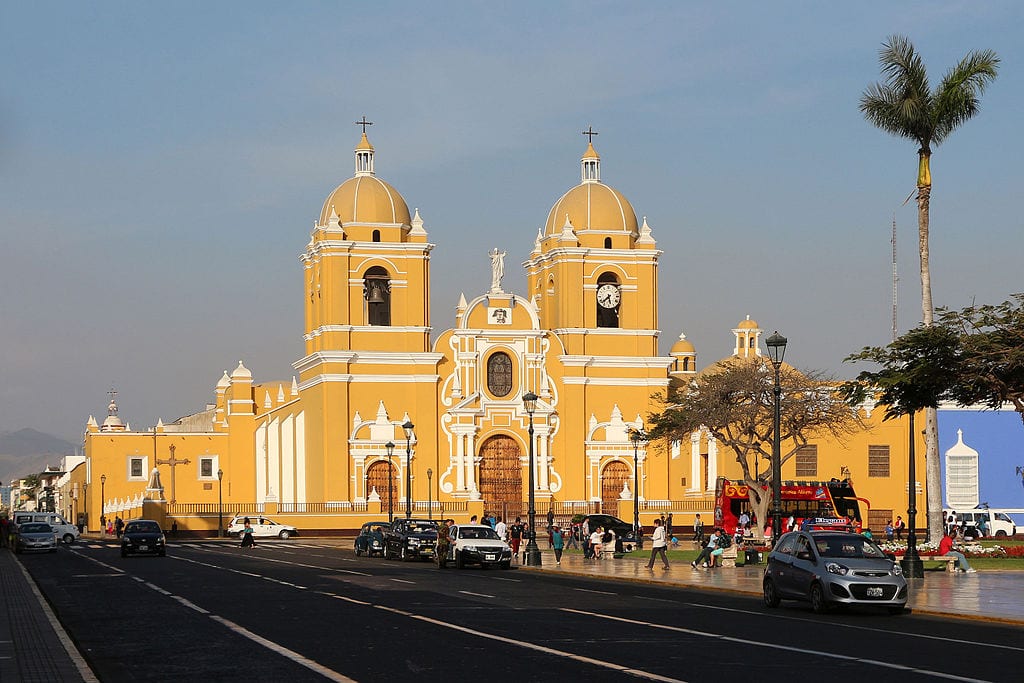
In a corner, someone plays the typical Inca quena, a symbol that we are approaching the Andes through the La Libertad region and the most historic city on the north coast of Peru. Trujillo finds in its Plaza de Armas and the yellow Basilica of Santa María the best exponents of the colonial past of this city founded by Francisco Pizarro in 1535. Among the streets of the historic center there are no shortage of houses with latticework, flowerpots and colors that symbolize charm of this city in whose outskirts we also find Chan Chan, the largest mud city in Latin America.
Valparaiso (Chile)
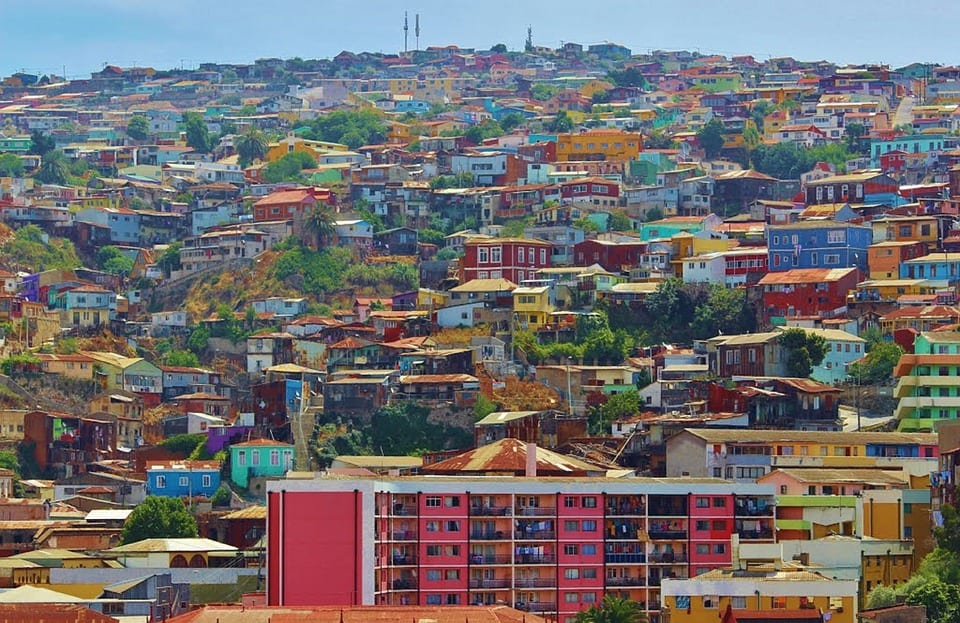
The city of Pablo Neruda It is one of the greatest prides of the Chilean country since the construction of the Strait of Magellan made it one of the most important fishing epicenters of the Pacific coast of South America. Decades later, the colorful houses in which fishermen poured paint from their boat sheets gleam amidst the 42 hills Among which, in turn, are colored staircases and some of the most astonishing samples of urban art in the entire continent.
The Mouth (Argentina)
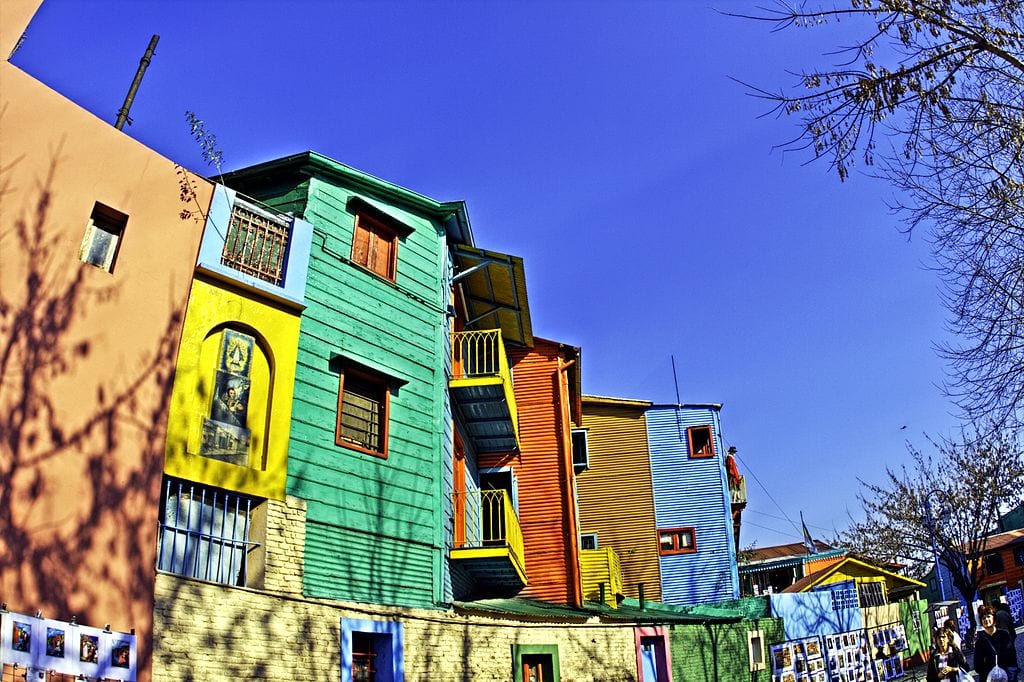
Okay, the La Boca neighborhood, in the Argentine capital, may not be a city in itself, but perhaps it is its charisma or its colors that often make it a completely different place within Buenos Aires itself. A neighborhood of tangos, footballers (the La Bombonera stadium is largely to blame for this) and color, La Boca was a strategic place during the arrival of waves of Italian immigrants who settled in Caminito, mythical alley of the area, lining the houses with the colorful plates of the boats.
These 8 colorful cities of Latin America they become the best showcases of that vibrant, exotic and artistic culture that the south of the American continent evokes like no other.
Which of these cities do you prefer?